Columbia Forest Products is the largest manufacturer of rotary hardwood veneer in North America. Specializing in Northern Appalachian hardwoods, veneers from 1/28″ to 1/42″ in thickness are produced for both domestic and export markets.
WHAT MAKES CFP VENEERS SO GREAT?

THE LEADING SUPPLIER OF VENEER IN NORTH AMERICA
ANSI/HPVA defines veneer as “a thin sheet of wood, rotary cut, sliced, or sawed from a log, bolt or flitch.”
Birch, red oak, maple, ash, poplar, cherry and other species of fancy veneer are supplied throughout the decorative plywood, furniture, cabinetry, door and profile-wrap industries.
TYPES OF VENEER
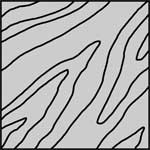
WHOLE PIECE VENEERS
Continuous pieces of veneer peeled from a log using a rotary process.
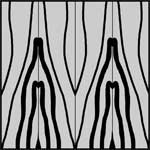
BOOK MATCHED VENEERS
Every other strip of veneer is turned over. This produces a grain pattern that is matched at the veneer joint.
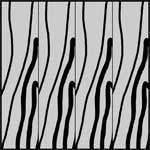
SLIP MATCHED VENEERS
Each strip is laid out side by side (without turning over). This produces a repetitive pattern.
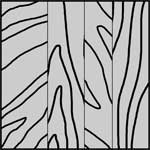
SPLICED VENEERS
Composed of several pieces of veneer varying in width that are glued together to form a whole sheet. The way they are laid out determines the final look of the veneer.
VENEER GRADES & CUTS
- Select Veneer is composed entirely of heartwood or sapwood and is matched for both grain, pattern and color.
- Uniform Veneer is also composed of entirely heartwood or sapwood, but is matched for color only.
- Natural Veneer is composed of both heartwood and sapwood and is generally less expensive than select or uniform veneers.
- Paint Grade Veneer has a smooth enough finish so none of the wood grain characteristics show through the paint.
- Stain Grade Veneer is meant to take a clear or tinted stain and still show the natural characteristics of the wood.
HOW VENEER IS CUT
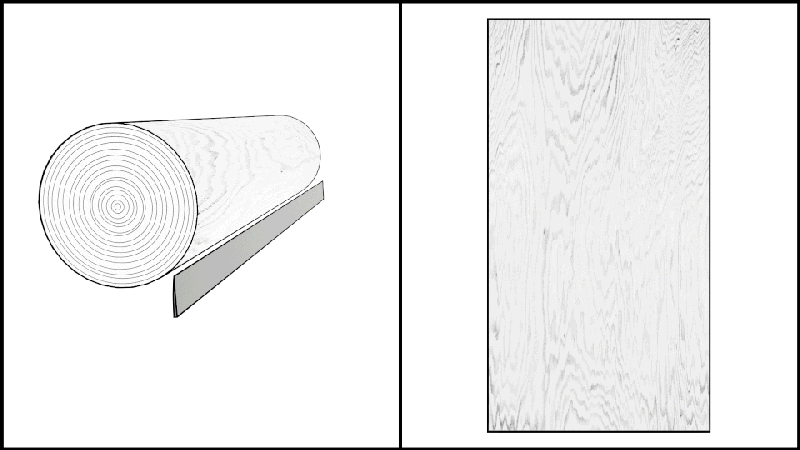
ROTARY CUT VENEERS
Entire log is peeled producing a continuous ribbon of veneer.
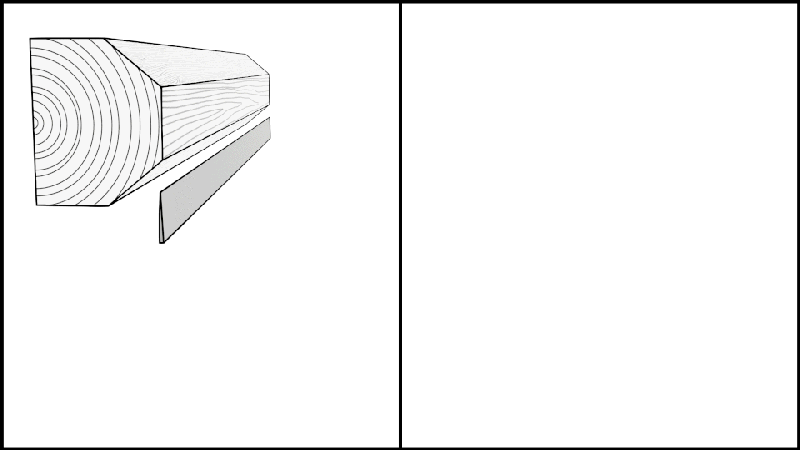
PLAIN SLICED VENEERS
Log is cut in half lengthwise. Each half is then sliced lengthwise producing a veneer with a unique grain pattern.
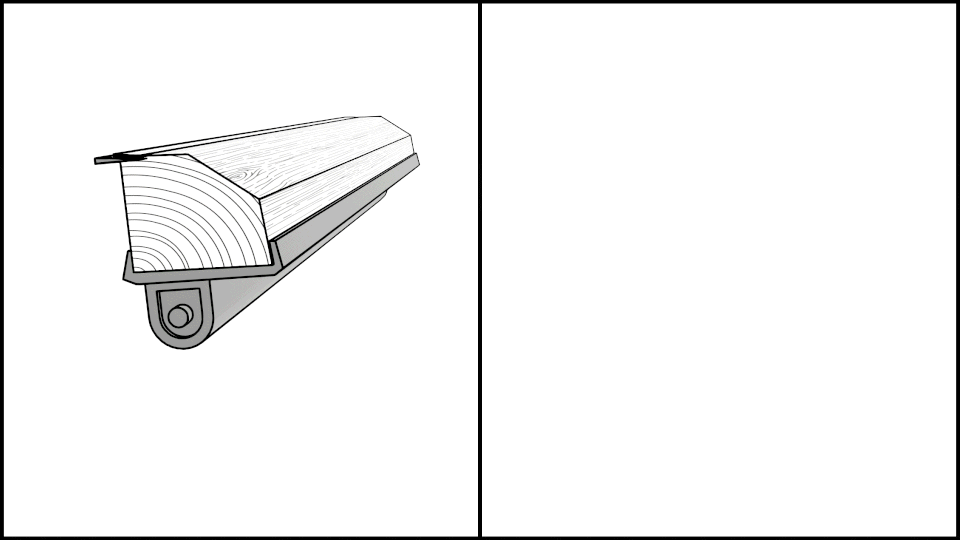
RIFT CUT VENEERS
Log is cut into quarters lengthwise then sliced at a 90-degree angle to the grain. This produces a fine pencil stripe effect. Both plain and rift sliced veneers are reserved for high-grade “fancy” panels.
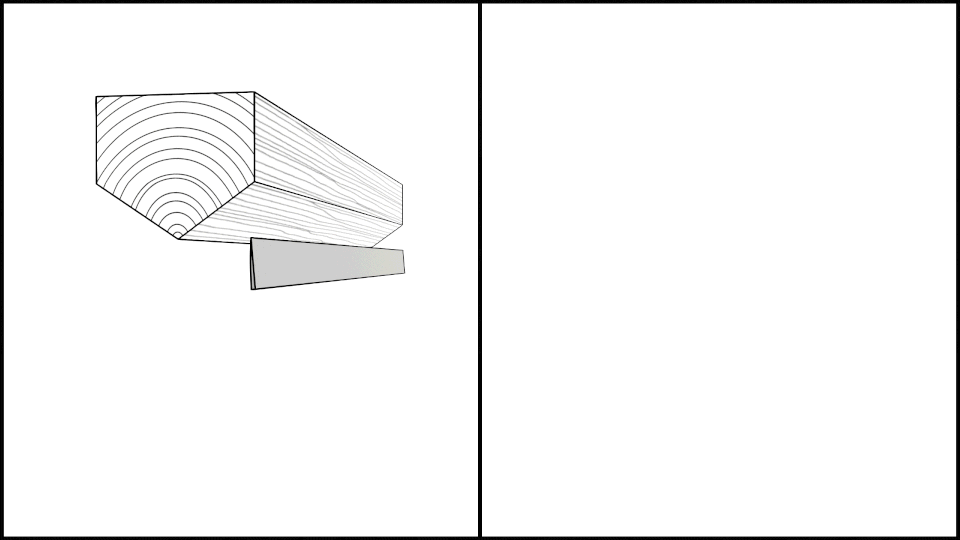
QUARTER SLICED VENEERS
The quarter log is mounted so the growth rings strike the cutting knife at right angles. This produces a series of stripes in the veneer.
WHERE TO BUY
Whether you're a large contractor or a DIY hobbyist, Columbia Forest Products are conveniently available throughout North America. Find your wholesale distributor or Home Depot store here!


